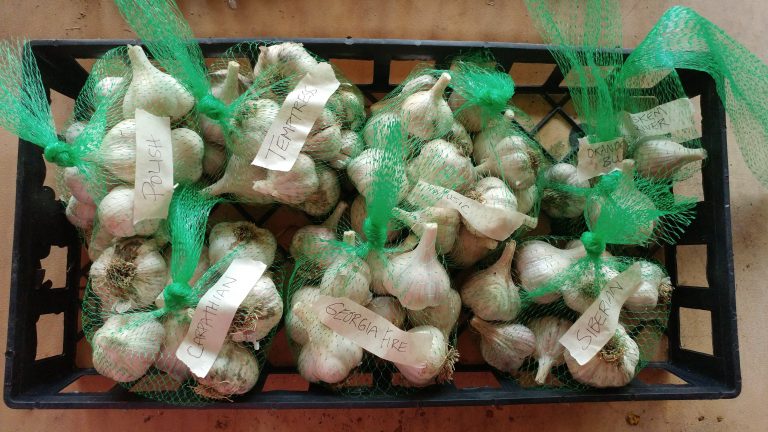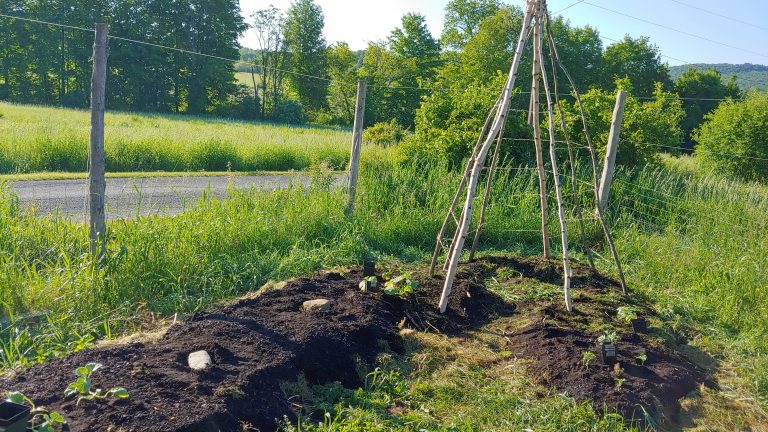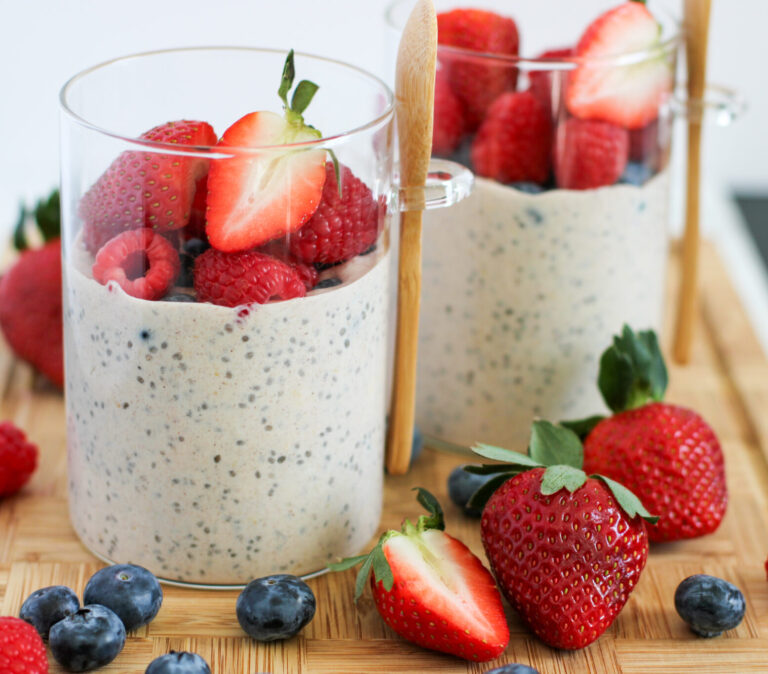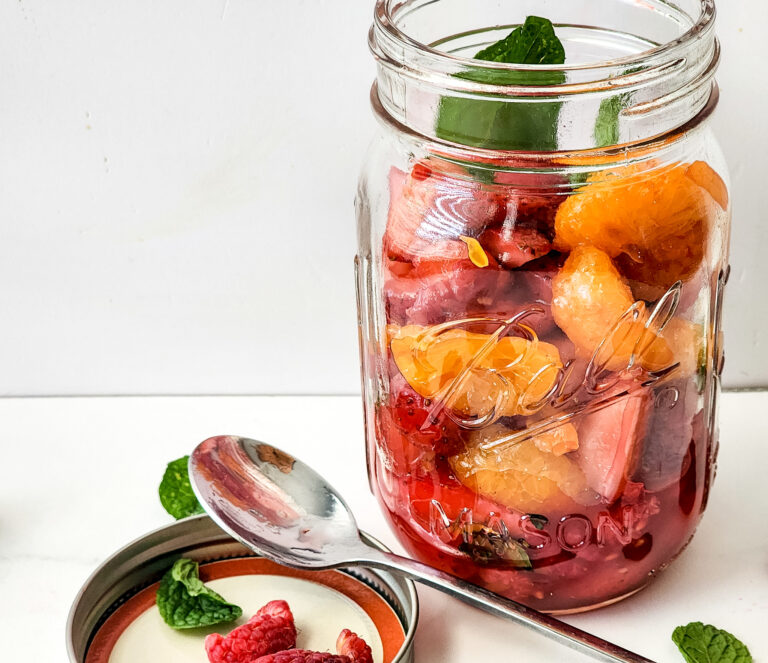This post may contain affiliate links.
Growing salad greens inside is a great way to add homegrown produce to your plate year-round. With just a few simple supplies, and a few helpful tips, you can get a rotation of salad greens going that will grace your plate even when the ground is covered with snow.
Salad greens need what every other veggie needs to grow – soil, light, and water. But they are a little less picky about their environment and you can grow salad greens inside under cooler conditions than other vegetables. This makes them a perfect candidate for growing at home off-season.
To grow your own lettuce, arugula, spinach, or salad mix inside, all you need are a few simple pieces of equipment (they’ll last you for years so the investment will be worth it):
- A planter or two that are at least 12 inches long by 6 inches wide (a rectangular planter works great for a windowsill, or you can use a wide flat seed starting tray on a grow light stand);
- Seeds (we prefer to use a lettuce blend or even mixed Asian greens); High Mowing Organic Seeds also offers a number of microgreens blends that would well for this purpose.
- Soil (seedstarting mix is great for a shallow planter; if you are using something deeper you can use less expensive potting soil on the bottom then put a layer of seedstarting mix on the top);
- A light source. If you have a south-facing window sill that gets a good amount of sunshine for most of the day, that should be enough. But, if you want your lettuce to grow faster or your house doesn’t get as much light in mid-winter, consider a small table top grow light stand or make your own full size grow light stand.
- A spray bottle to water the seedlings (a small water bottle can come in handy later but isn’t necessary).
- A small fan. This might surprise you, but a small tabletop fan can be very helpful when growing salad greens. Greens grown indoors aren’t experiencing the same variable weather conditions as those grown in the garden. Namely, they aren’t being blown around. As such, if you don’t recreate a little bit of that weather (i.e. wind) they will be very soft and weak.
How to Plant & Care for your Salad Greens
Salad greens are arguably the easiest vegetable to plant! All you need to do is dampen your soil with warm water (by stirring it in a bucket), put the soil into your planter, and then scatter the salad greens seeds on the top of the soil. Place the planter in a warmish window sill or under a grow light and , voila, you’re done.

While you wait for the salad greens to germinate, water the surface with a spray bottle at least once a day (twice if the soil starts to look dried out). Once they have germinated and reached about an inch in height you can water with a watering can or just keep spraying, but a little heavier.
Once your greens are more than in inch high, start turning the fan on for a few hours each day. As it gets warmer outside, you can also achieve this weather-resistant stronger growth by opening a nearby window for a few hours.

How to Harvest your Salad Greens
Most salad greens mixes will “cut and come again” at least a few times before they are done. So, you can use a pair of scissors to cut one section of your greens each time you want some (moving down the row as you go) and watch the section that you cut back re-grow. Cut the greens after they have grown a baby-sized leaf (usually about 3-4 inches tall), snipping about 1/2 to 3/4 inch above the surface of the soil. Depending on the seed variety you may be able to do this 2-3 times for each tray full.
To have a continuous supply of greens, consider starting a second tray about 2 weeks after the first, and on a rotating basis thereafter.
Enjoy your fresh salad greens as a salad by themselves, in sandwiches, or as a garnish!
[mailerlite_form form_id=2]
Carrie Williams Howe is an educational leader by day and an aspiring homesteader by night and weekend. She lives on a small homestead in Vermont with her husband, two children, and a rambunctious border collie. She blogs about her family's homestead life at The Happy Hive.






